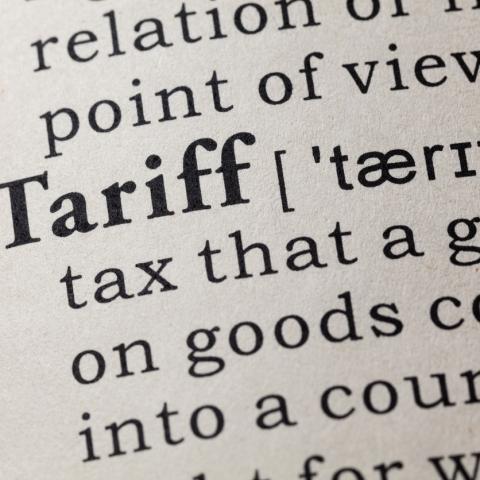Legislation lessons learned

By Jo Kent
The arrival of summer may mean a bit of respite for many with time off work and holidays abroad, but for food and drinks suppliers and retailers impacted by the forthcoming high fat, salt and sugar (HFSS) measures, it’s certainly going to be a busy few months ahead.
While some elements of the HFSS legislation have now been delayed by the government (including restrictions on volume promotions and TV and online advertising pre-9pm), measures around the placement of HFSS items in store will come into force in October this year. Yet, there’s still widespread confusion amongst retailers as to exactly what practical steps are needed to prepare.
This isn’t the first time government legislation has led to a major upheaval of the FMCG industry and I’m sure it won’t be the last, but there are certainly lessons we can learn from previous examples such as the Soft Drinks Industry Levy (otherwise known as the Sugar Tax) introduced back in 2018.
The Soft Drinks Industry Levy led to a swathe of reformulated products being launched into the market in a bid to make them exempt from the tax. But one of the key things that made real a difference to retailers on the ground, was the advice and guidance from suppliers on exactly what the move meant for them and what practical changes they needed to make in their stores to prepare for its arrival. And this is exactly where trade communications have a key role to play.
While the guidance on exactly which products may be affected by the HFSS measures is still up for debate in some instances - especially in light of Kellogg’s recent move to launch a legal challenge against the government - retailers need clear and concise information to ensure they’re ready for October.
Whether it’s the Soft Drinks Industry Levy, or even the Tobacco Display Ban, experience tells us that some retailers, who have to juggle a million and one things on a daily basis, will have their heads in the sand right up until the starting gate. But, with the ACS estimating that the HFSS placement restrictions will cost convenience stores on average £13,000, at a time when the cost of living is spiralling, it’s important that retailers are well informed on the steps needed to prepare for its arrival in October.
While it’s fair to say not all retailers will be impacted by the measures (adding yet further confusion into the mix), it’s still crucial they understand what is on the horizon (given the impact it will have on the products available to them to stock) and that they’re prepared for shifting consumer habits as a result of the changes. Therefore, it’s up to suppliers to keep banging the drum to ensure retailers fully understand exactly what they need to do and by when, to effectively support them on this journey.
Ultimately, the suppliers who can harness this opportunity by supporting retailers with clear, concise, and consistent advice in the lead up to October will not only be the ones that see the most success, but will also win favour from the retailers they support, which will be remembered for years to come.









